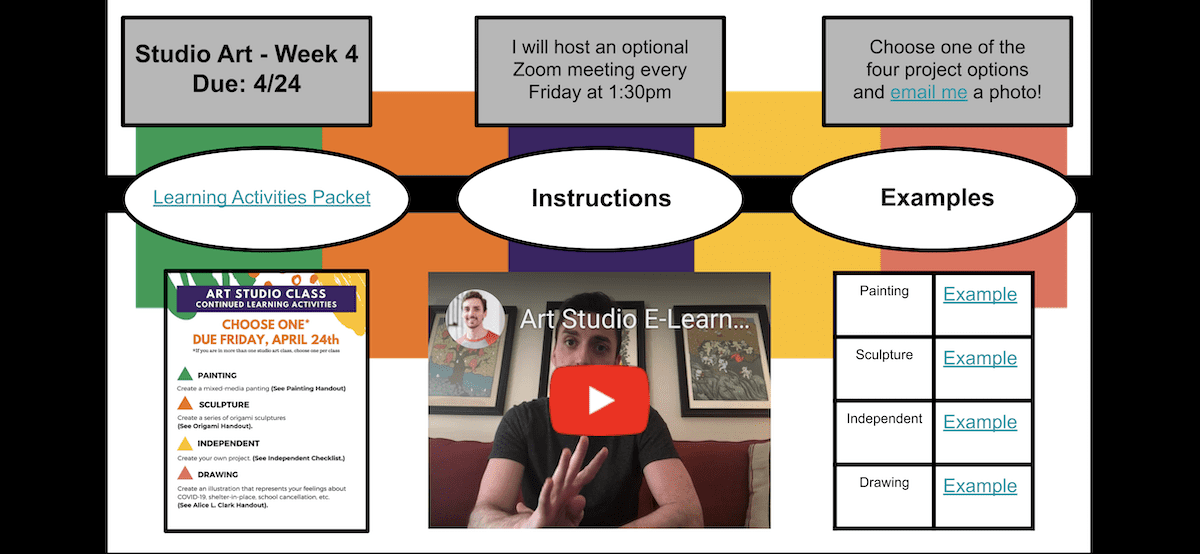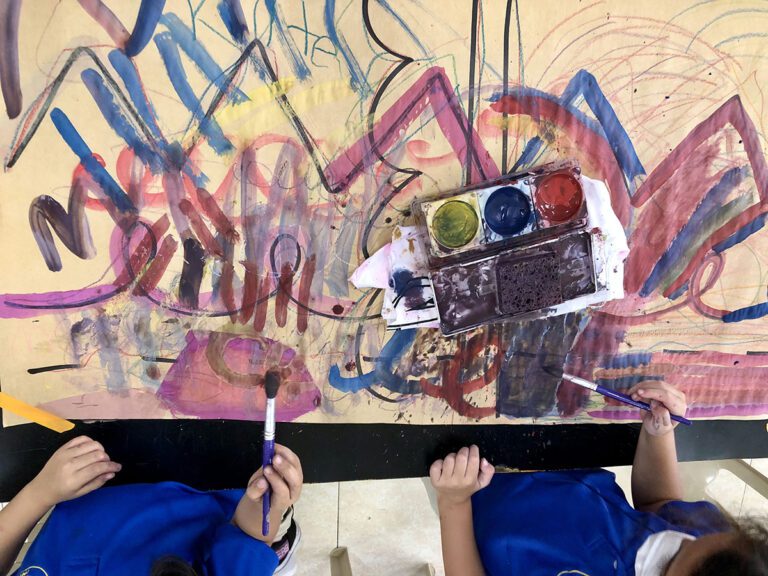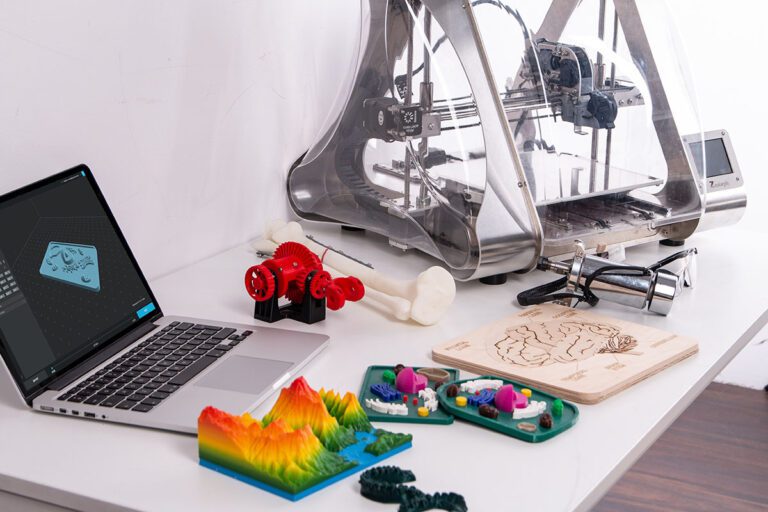Art Education and the Coronavirus (COVID-19)
Art educators understand the importance of student choice in the classroom. For many, the abrupt switch to online learning challenged their ability to provide students with a variety of creative options. At first, creating new art content for a range of student abilities and access to technology and materials seemed incredibly limiting. With these limitations, many of us created simple and concise lessons for clear understanding. While it’s important to be clear with your expectations, you can still provide your students with choices through online learning. We know students make more meaningful connections to the curriculum when they have ownership of what they’re creating. Just as student choice was something you valued in your traditional classroom, it can be equally as meaningful online.
Here are some ways to maintain student choice:
1. Develop a Template
The structure is important in any classroom, whether in school or through online learning. Your previous teaching practice and management ran smoothly because you had developed norms and procedures in your classroom. Students knew what to expect from you and what you expected from them. This is a result of years of experience and establishing certain routines.
Nothing throws off a classroom like a change in routine. Something as simple as a school assembly disrupting the daily schedule can greatly change the dynamics of your class. Now, think about all the changes in routine you and your students have experienced in the last month. Everything has been turned upside down, and there are very few established norms.
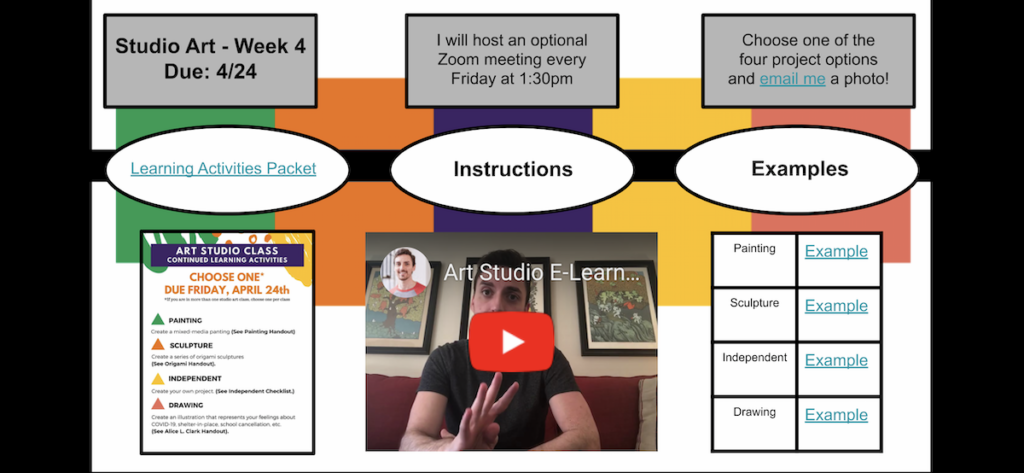
Create some consistency with your online learning platform for your students but also for yourself as you plan ahead. Develop a template for instructional materials that will follow a similar pattern for each lesson. As students become familiar with these materials, they will start to recognize the format and anticipate what to expect. You’re alleviating students from learning a new document, video, or presentation each week by keeping a consistent format.
2. Create a Digital Document
Creating a digital document can be a great way to design your online learning template. The document can be shared via email, posted on sites like Google Classroom, and printed as a traditional packet for students who don’t have access to the internet.
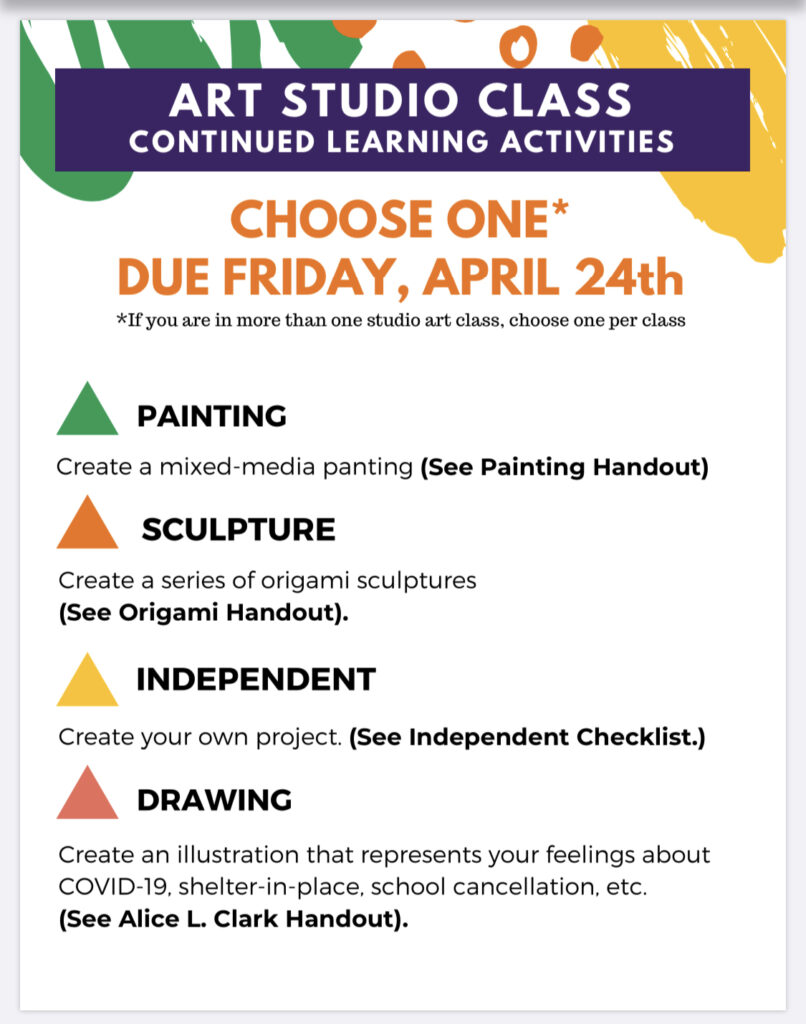
Learn how to use Google Classroom in the art room.
When developing your online learning activities, give students a certain number of options to choose from. You want them to be engaged in what they’re creating. You also want to be sensitive to students’ unique abilities, needs, and interests. We don’t always know what students’ limitations may be with online learning. If students can choose a project for themselves, they will be more likely to succeed.
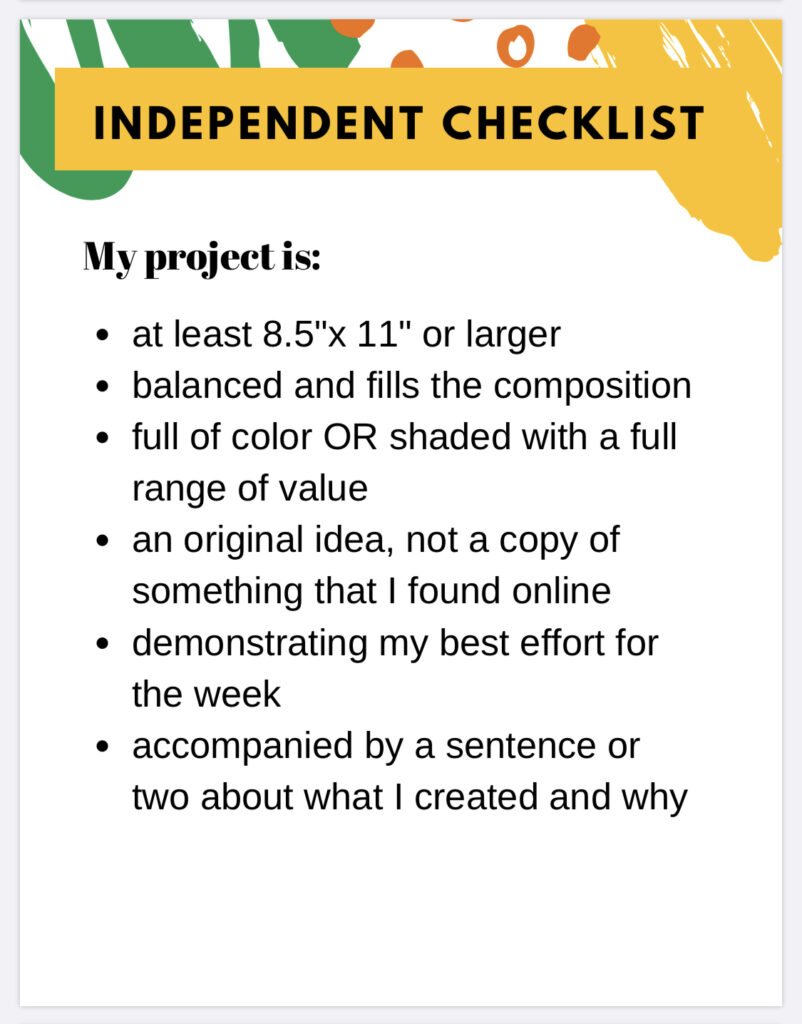
Potential Choice Categories:
- Process (drawing, painting, sculpture, mixed-media, collage, photography)
- Subject Matter (portrait, landscape, still life)
- Theme (nature, outer space, transportation, sports, movement)
You can develop categories for your project choices so students know what to expect with each lesson. Try to choose broad categories that will allow you to write instructions or prompts for students to choose from with each lesson.
3. Design a Slide Presentation
Google Slides can be a great tool to make your student choice template a little more interactive. Students with access to the internet can click through slides, download PDFs, see image examples, and follow links to YouTube tutorials, artist websites, and more. If you’re creating video demonstrations or instructions for students, you can also embed videos directly into your slides.
Slide presentations can also easily be uploaded into Google Classroom as an assignment that will show up in your students’ “Upcoming to-do list” tab. This will help remind students of the work they need to turn in and keep them on track with all their other assignments.
Learn more about online learning.
Once you have a clear indication of project ideas and how you’d like to present the material, you can easily switch items out for each lesson. Make a copy of your Google Slides presentation and use it as a template for the next lesson. Change the activities for each category, and replace your image and video examples. The work of creating new lessons becomes easier thanks to your framework.
The consistency will help your students know what to expect and help you focus your energy on new project ideas and not building a document/presentation from scratch.
4. Consider Access
When you’re designing a choice-based curriculum in the traditional classroom, you have all your materials at the disposal of your students. You probably have organized centers with labeled supplies in your art room. However, most of your students are not going to have as many options at home.
Online learning does not mean every student has to do the same exact project. You can provide choices even with students’ limited materials. Most students will be able to create using household objects, drawing with pen or pencil, photography, origami, items from nature, and more. Give them the opportunity to choose what works best for them and what interests them most.

Here are some choices:
- Create a mandala using household objects.
- Draw the scene outside your bedroom window.
- Fold a paper crane from your notebook paper.
- Stage a photograph that recreates a famous work of art.

Giving your students a variety of choices will also meet the needs of your enthusiastic students who have a ton of their own supplies at home. If you’re only assigning drawing prompts each week, they may get bored. Throw in an option or two each week for students who may have their own art supplies.
Ask students to:
- Follow a painting tutorial that interests you.
- Create a collage.
- Create a mixed-media work using both drawing and painting materials.
- Create a digital illustration for a local business.
- Build a shelter from blocks, building bricks, unconventional items.

The goal of creating a choice-based curriculum for online learning is to provide all students with options regardless of how much, or how little, they have to work with at home. We meet our students where they’re at. Some of your young artists need step-by-step activities to guide them along and help build their confidence. Other students are free spirits and independent thinkers. They may just need a starting point and some suggestions, and their mind is off to new ideas you haven’t even considered.
Final Thoughts
Give your students the freedom to work creatively. Online learning does not need to be so rigid and controlled! Your students are probably craving an opportunity to think outside the box. They need you to guide them and give a few suggestions on how to get started. Provide your students with a variety of ideas and be consistent in how you deliver them each week. This will allow your students to become familiar with your expectations and begin to really focus on their artwork.
How are you delivering online learning content?
What norms and expectations have you established in your online classroom?
How do you maintain a choice-based curriculum online?
Magazine articles and podcasts are opinions of professional education contributors and do not necessarily represent the position of the Art of Education University (AOEU) or its academic offerings. Contributors use terms in the way they are most often talked about in the scope of their educational experiences.
